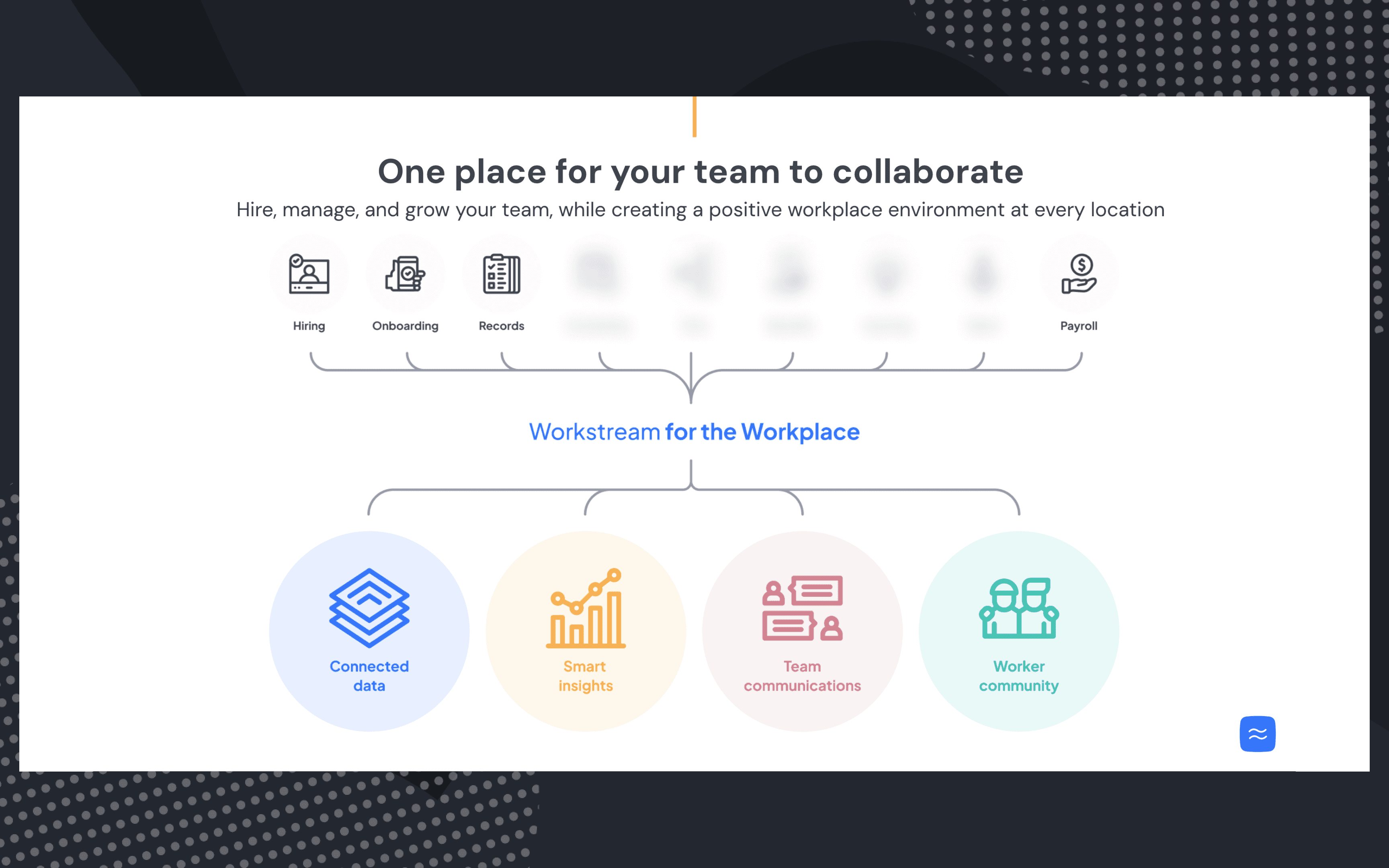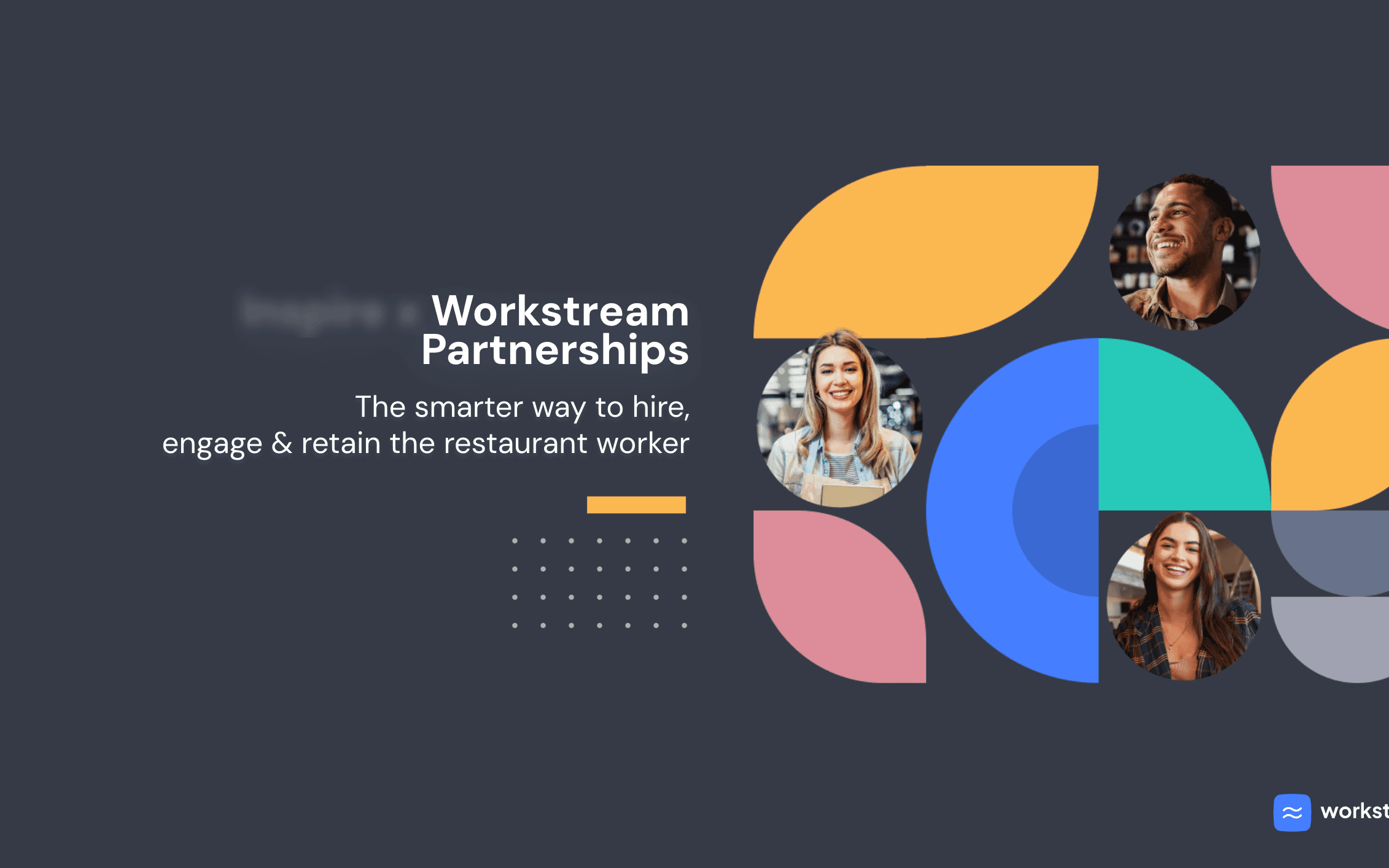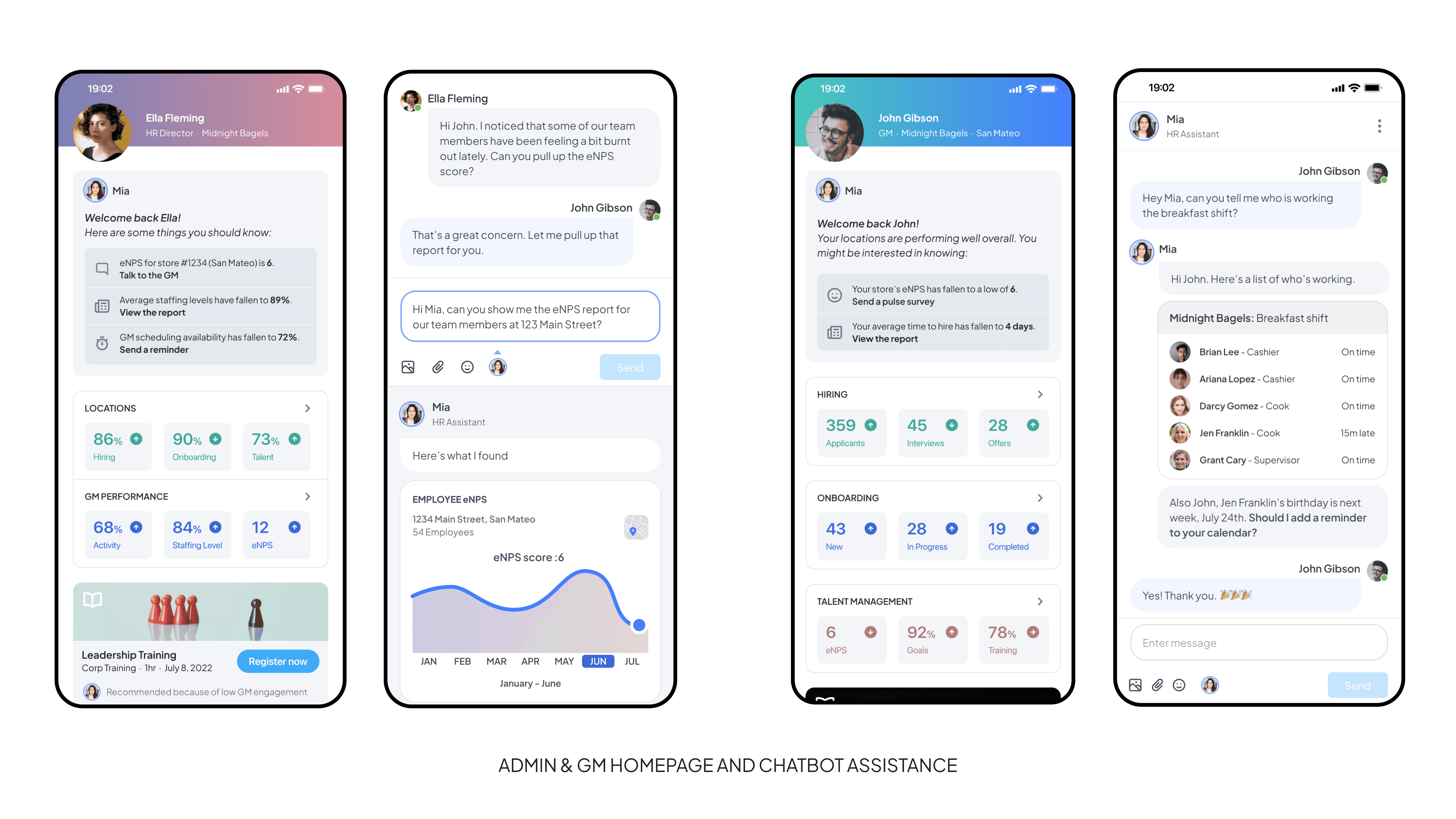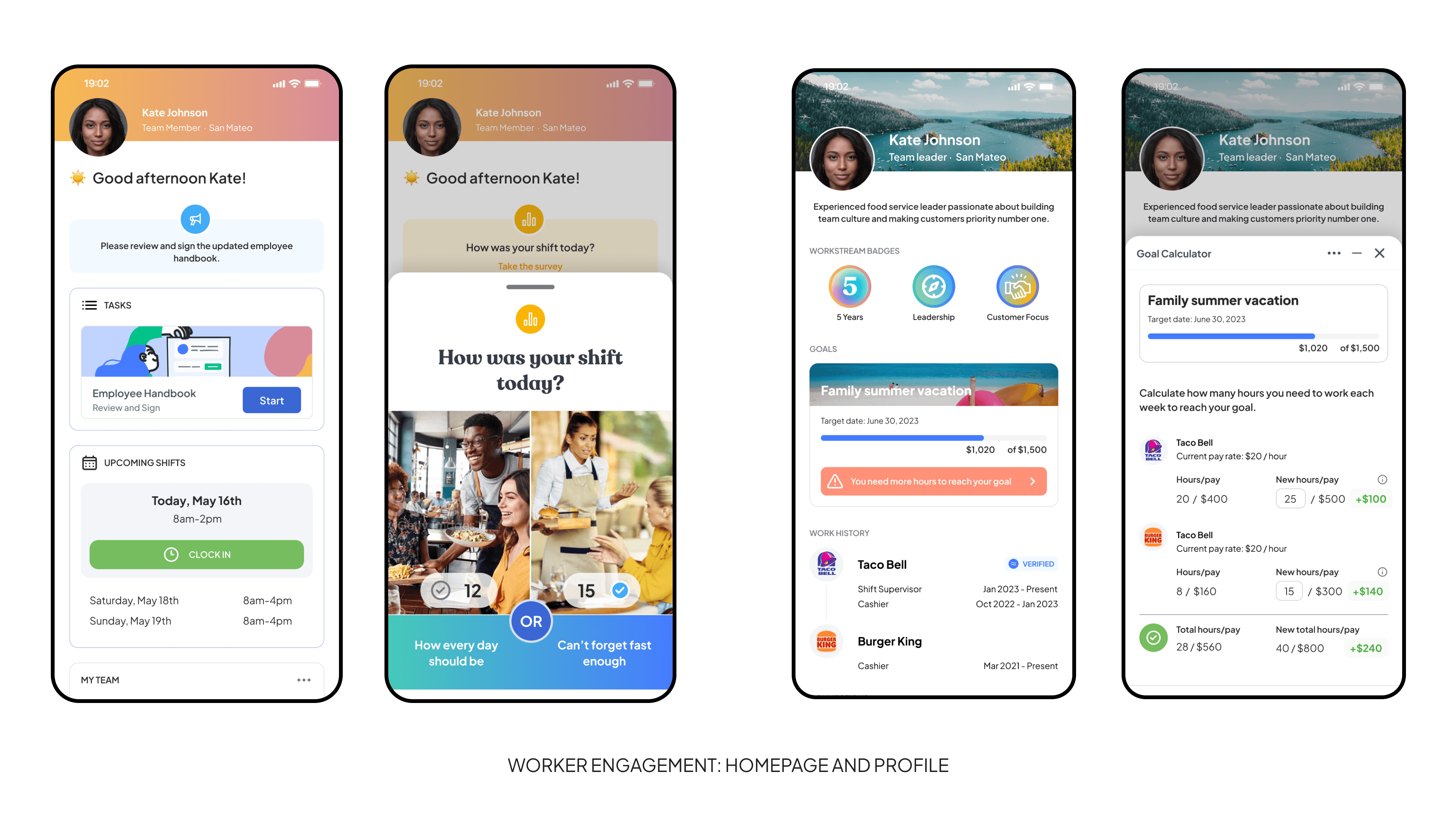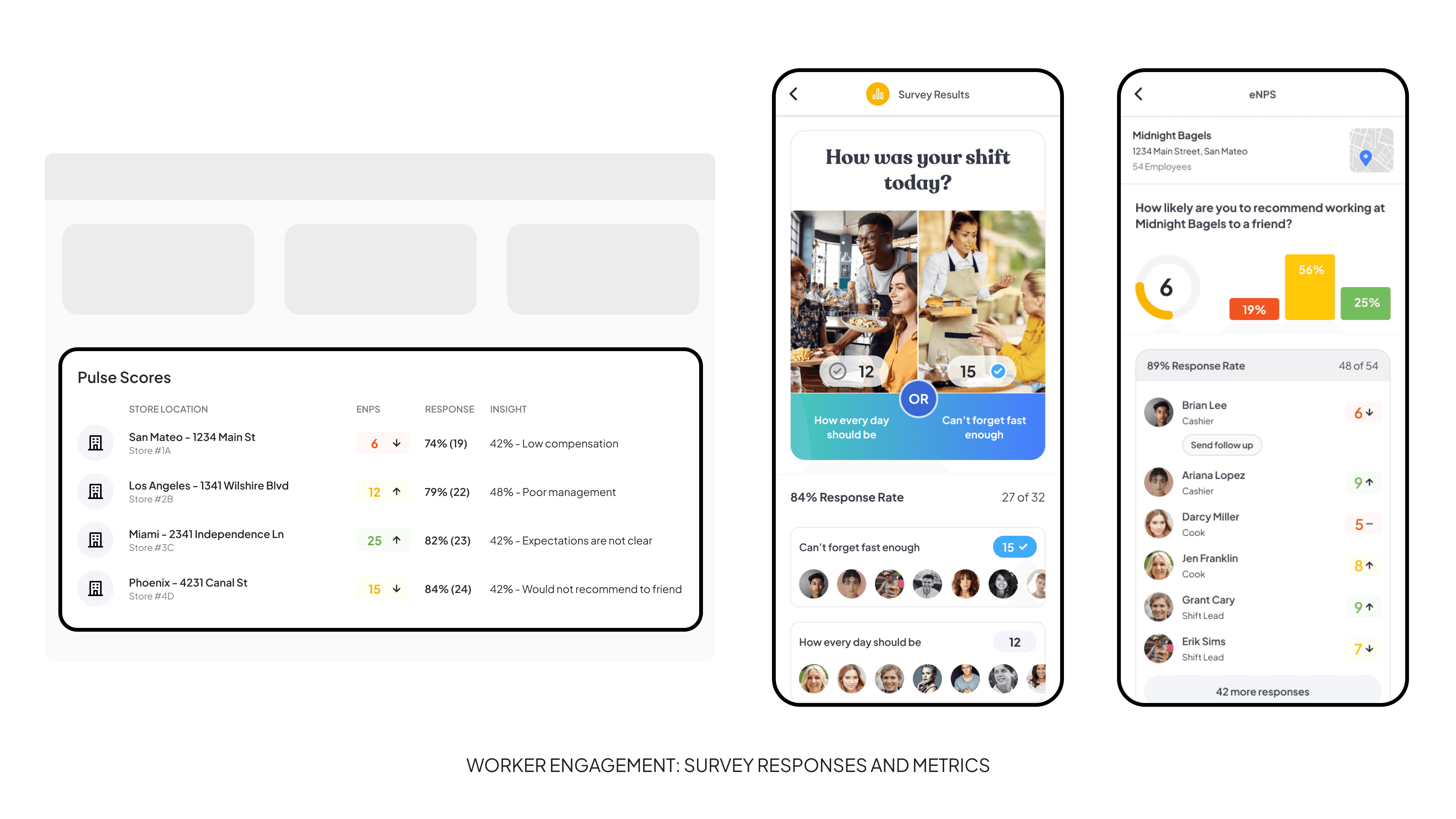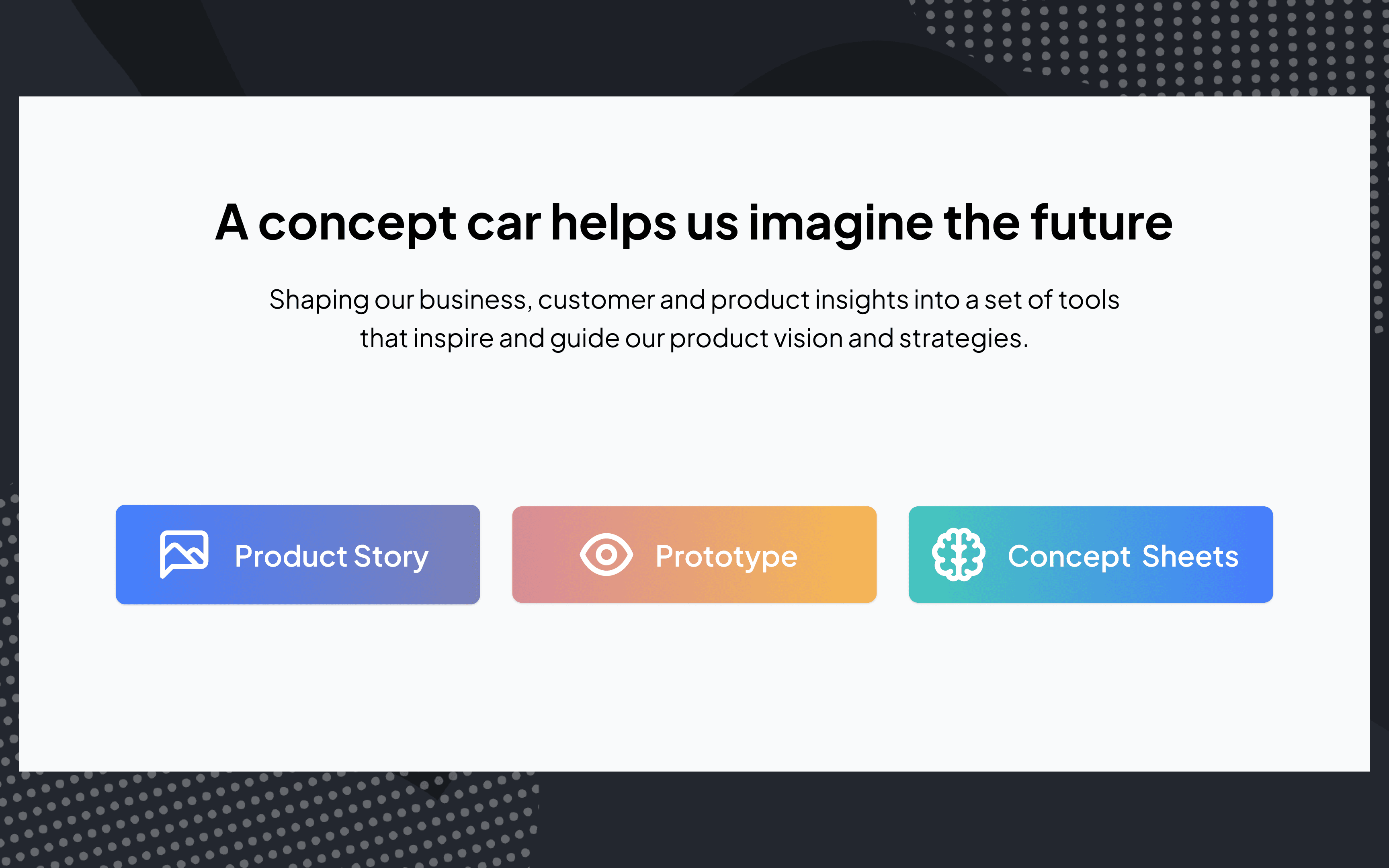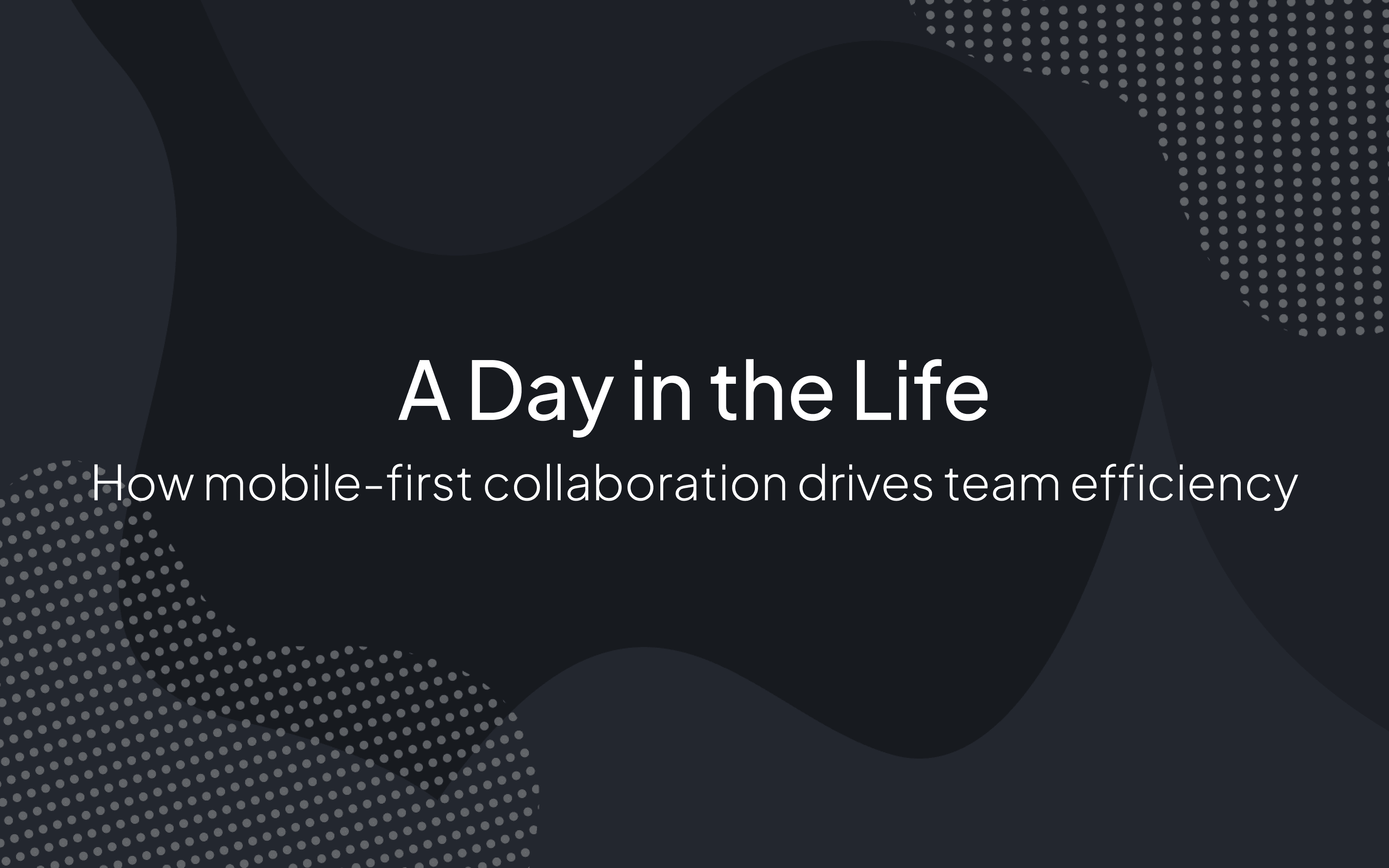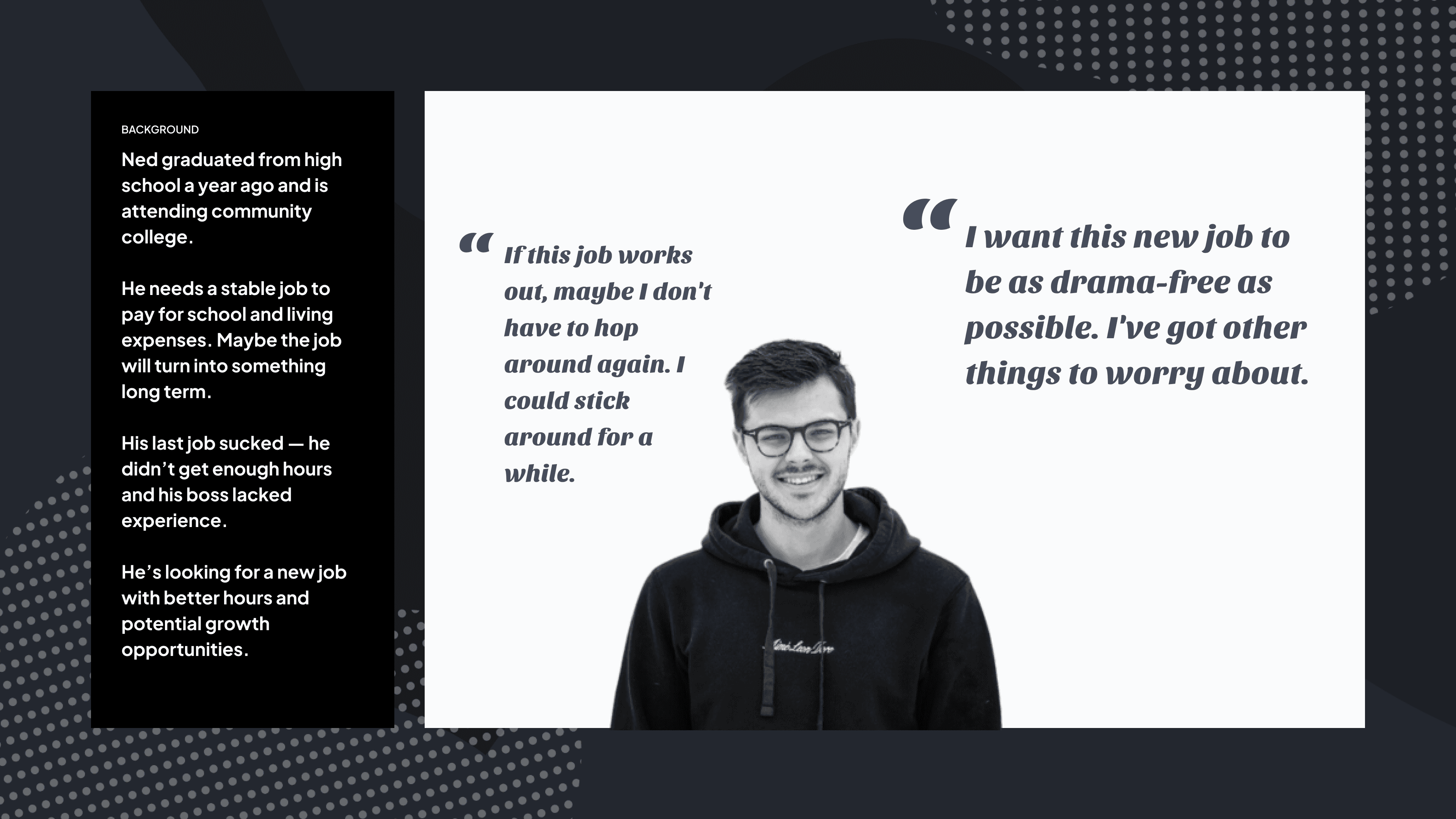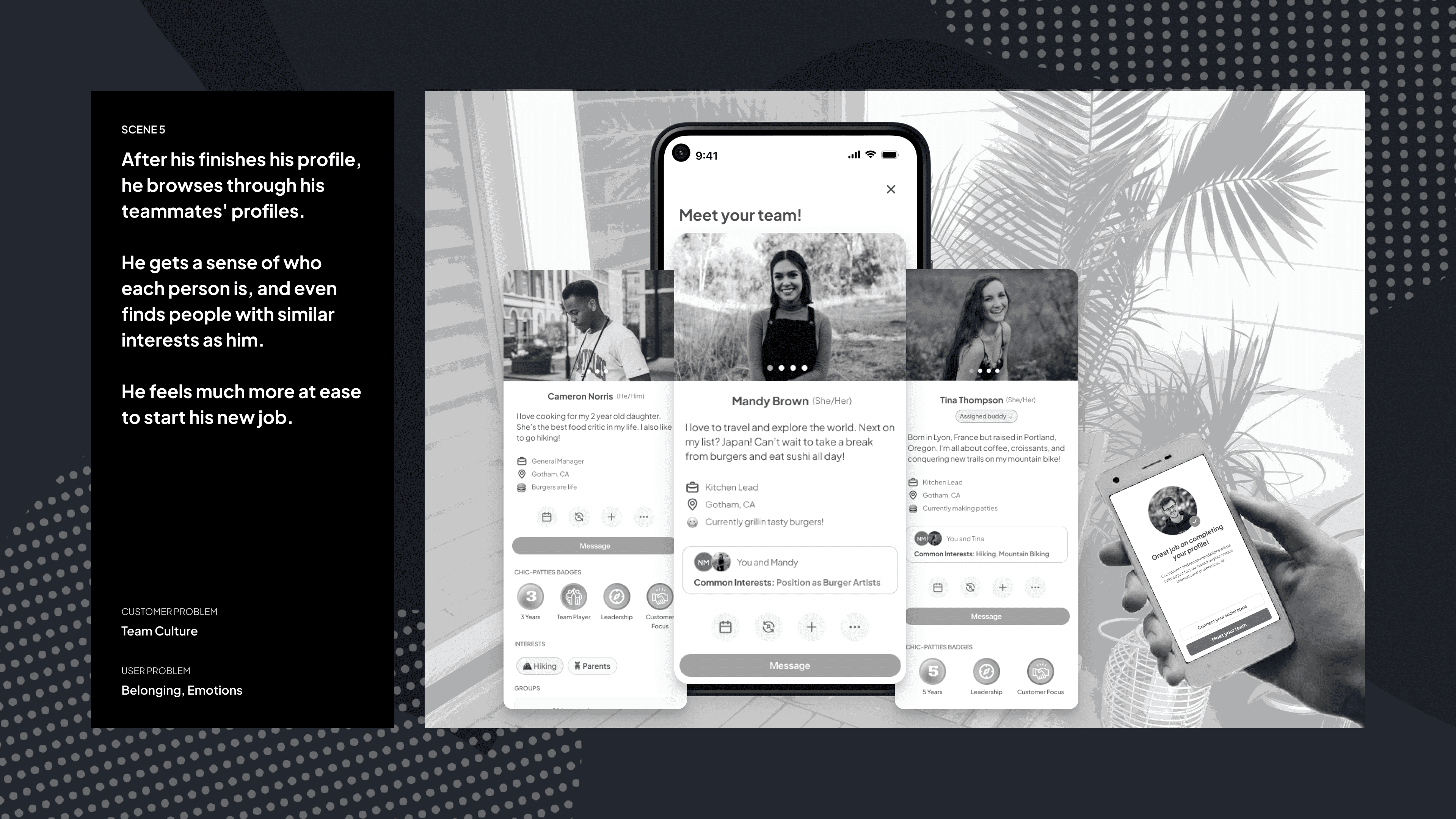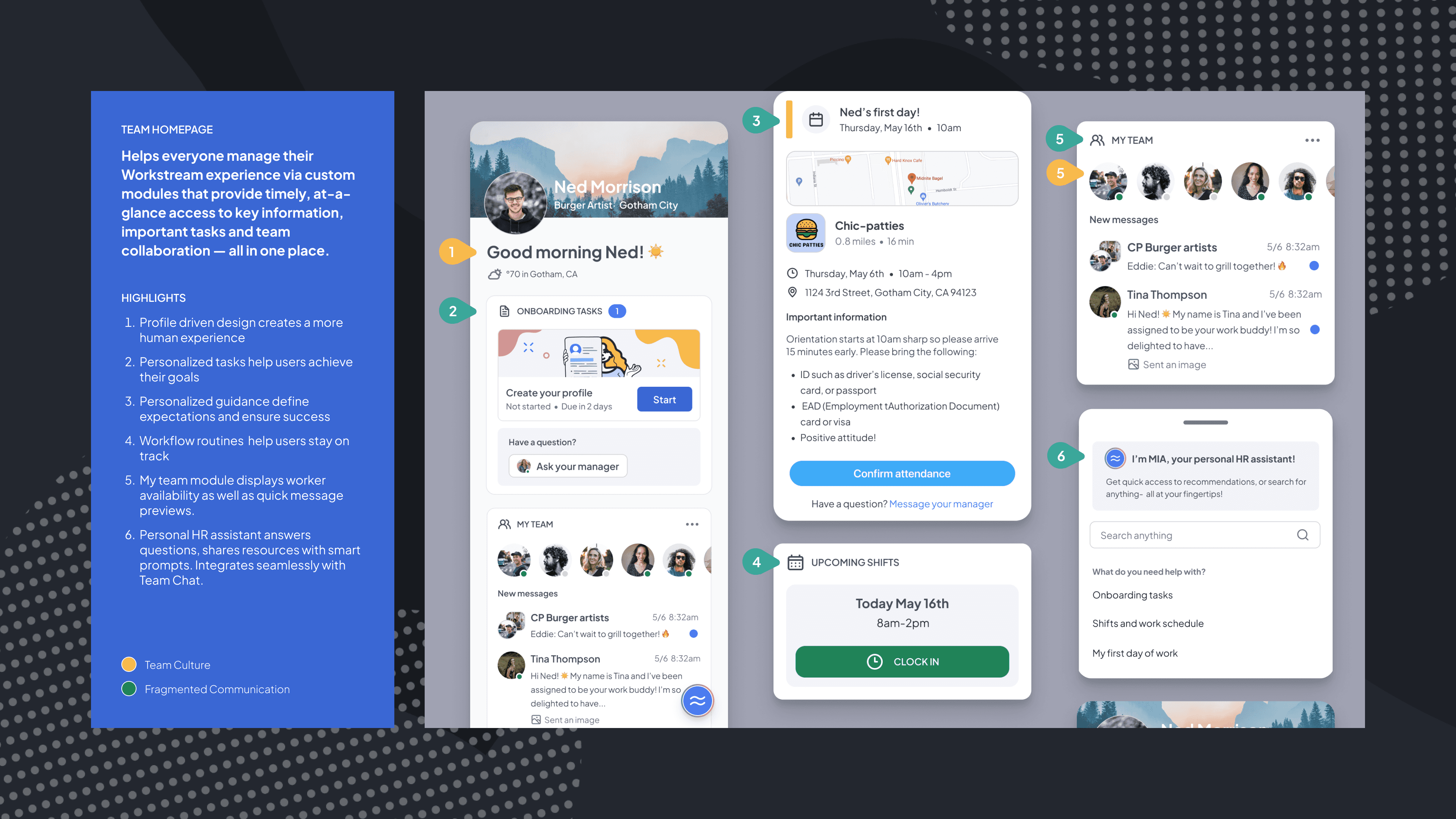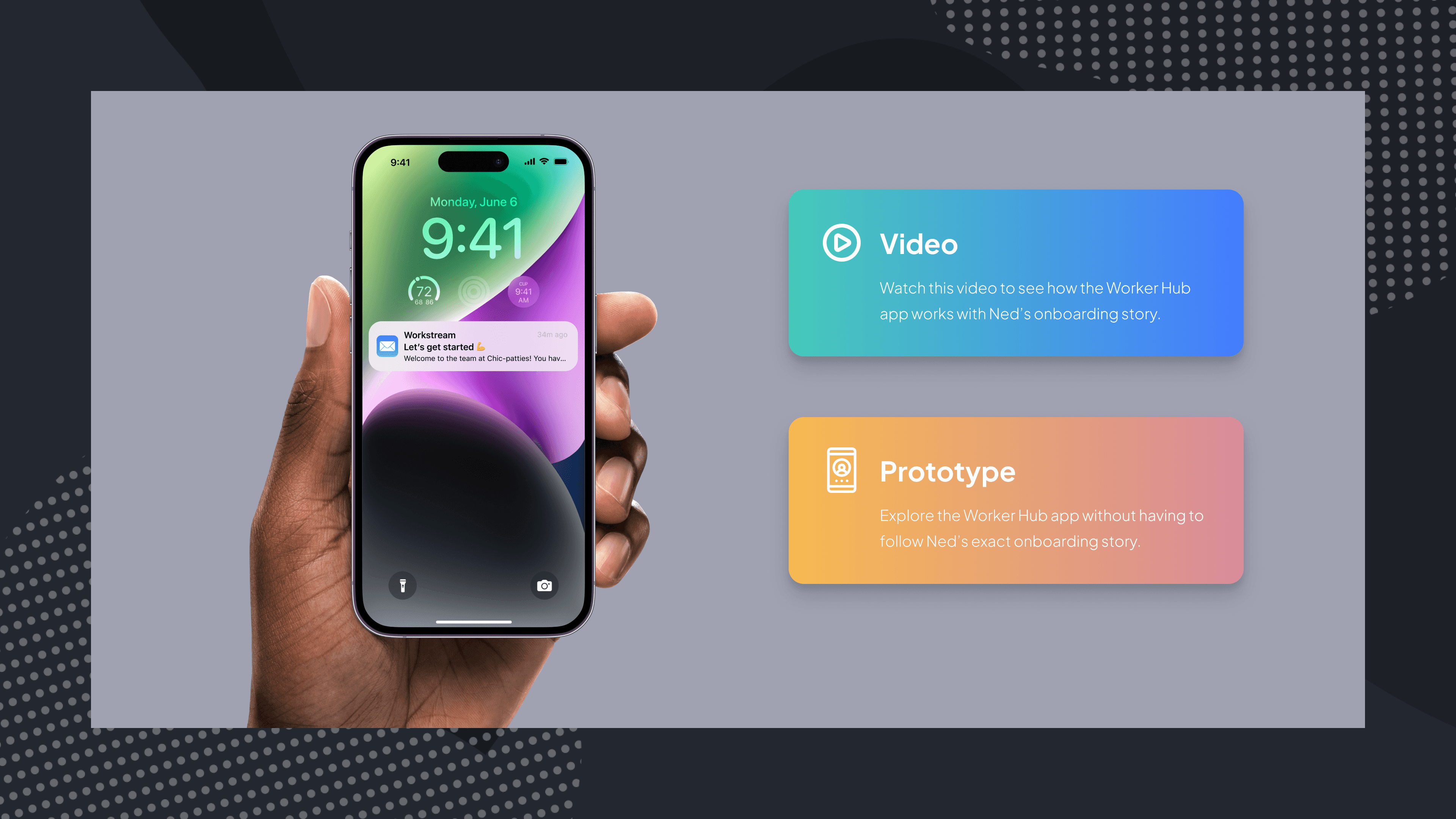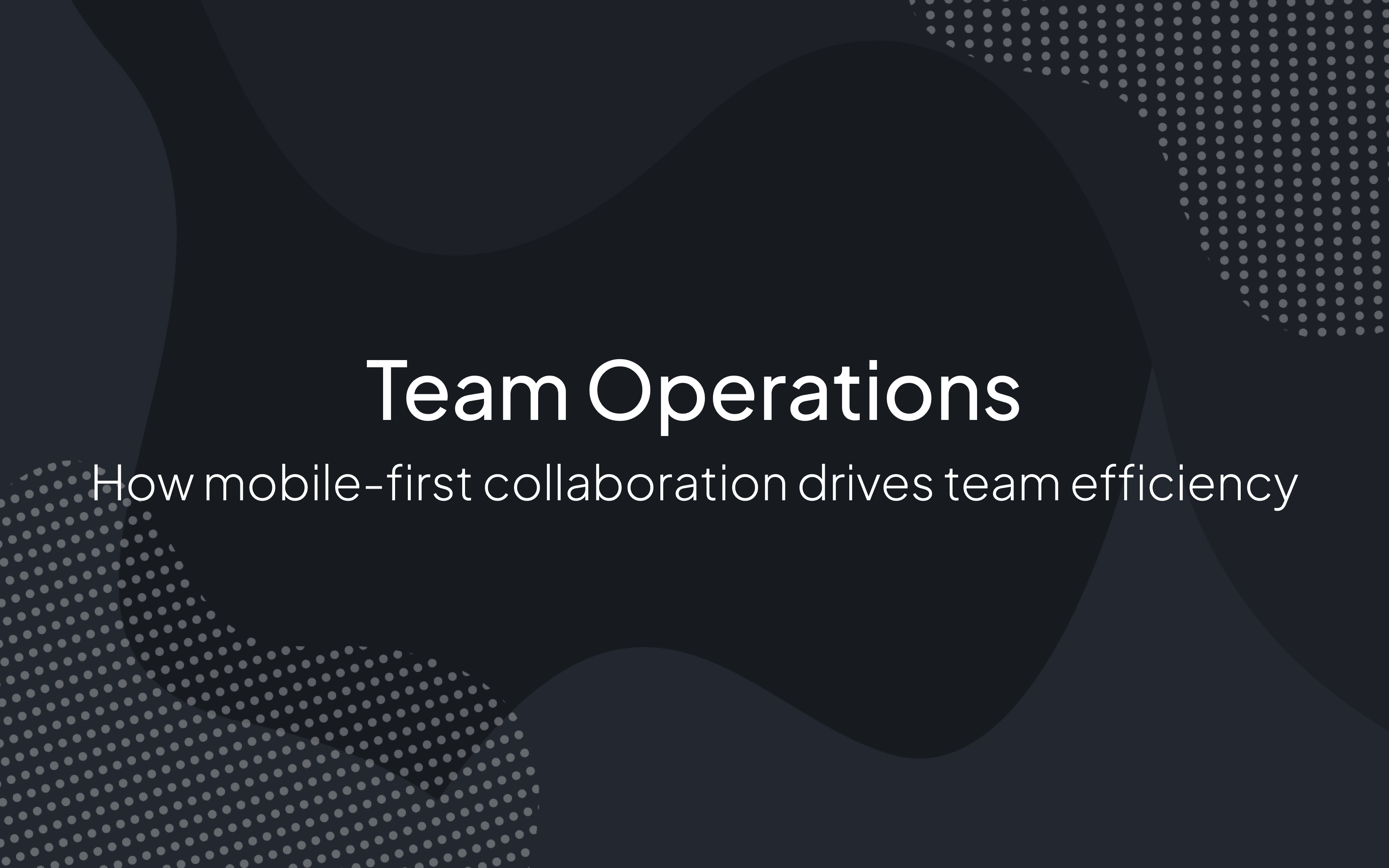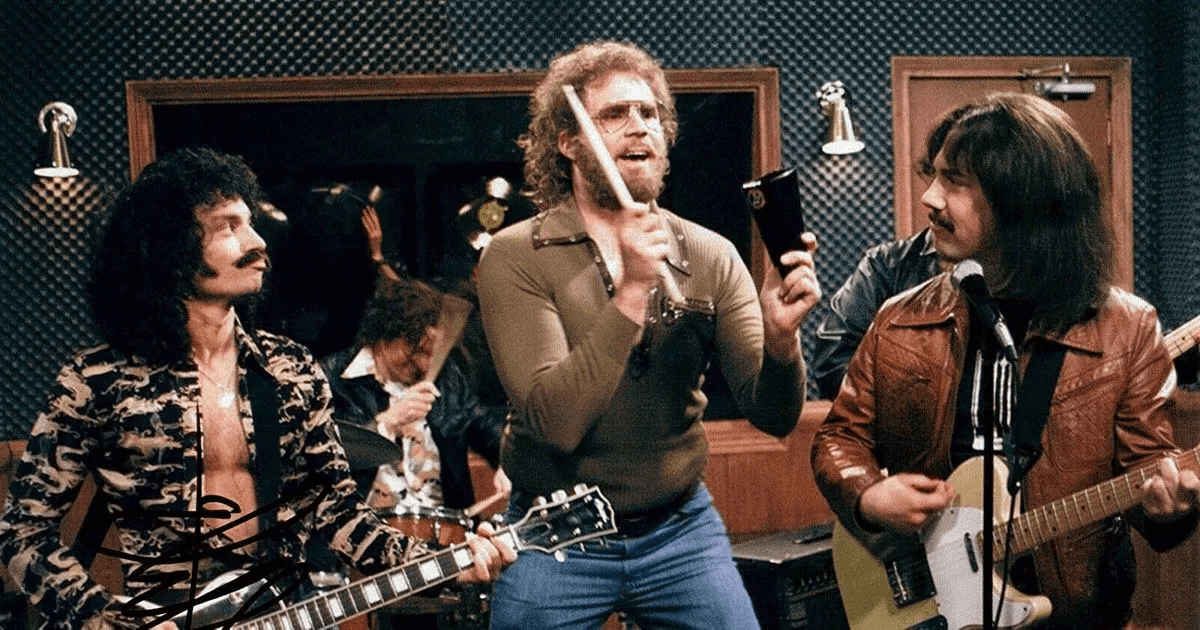How things started
In 2023, Workstream shifted its focus to mid-market/enterprise franchise market, particularly restaurants, where operational efficiency was crucial due to the heavy reliance on GMs and workers. We developed an all-in-one strategy that expanded from hiring and onboarding to team management (his) and payroll, differentiating ourselves through a GM/worker mobile experience. However, our go to market (GTM) and engineering/product/design (EPD) teams struggled to effectively communicate and implement this new strategy.
As a design leader I worked with my designers and their PMs and tech leads to help the squads connect the dots between their products and the overall strategy. For example - how might we drive survey engagement via the team chat channel? But this was an effort intensive process and somewhat resembled a game of telephone.
Timing is everything
In late 2023, my team played a pivotal role in retaining a major customer. Company X, who was one of our largest customers, by developing design concepts that showcased our cutting-edge AI development and innovative worker-based mobile experiences. The concept designs, which featured an AI chatbot, mobile task management, chat functionality, and pulse surveys, were presented to Inspire Brands during a series of business review meetings. As a result of the these meetings, Inspire Brands opened a formal RFP and included us as a finalist.
Not wanting to lose momentum, I proposed and launched a project to create a concept car that would further illustrate our all-in-one strategy focusing on the worker experience.
The concept is born
The idea of a concept car comes from the automotive industry where manufacturers unveil a new vehicle concept that illustrates their design and manufacturing philosophy for the future. The car is not actually road ready but there’s enough there to engage and excite the media and consumers.
For our purposes the concept car is comprised of a product story, concept designs, a mobile prototype, and concept sheets.
The product story helps our teams empathize with our customers and users by showing how our solutions can support their needs throughout in common reality-life scenarios.
The concept designs and prototype put a face to our strategy, demonstrating how we can bring our separate products and shared services together into a cohesive experience that helps our users achieve their goals.
The concept sheets act as an at-a-glance instruction manual on how specific themes like connectedness, AI, workflows map to specific features and functionality.
CONCEPT CAR 1
Team Culture
Our first concept car was based on our earlier business development work with Inspire Brands. We called it "Team Culture" because we wanted to highlight our strategy of connecting new hires with their team immediately after they were hired. Hiring remained our core product and was the first part of our all-in-one strategy.
To build this concept car, I assembled a working group consisting of our head of BD, marketing, and two product designers who specialized in mobile, hiring, and chat. Over a period of two weeks, we worked iteratively to develop a story script that referenced feedback from Inspire Brands but was equally future-facing.
CONCEPT CAR 2
Team operations
Building on the positive feedback and momentum from our first concept car, Team Culture, it was time to create a second. This time I wanted to focus on operational efficiency, the basis of our all-in-one strategy.
As it so happened, Chick-fil-a (CFA), our biggest MSA customer was coming into town for a business review. As a customer of our hiring and onboarding products they were very interested in seeing more of our all-in-one strategy. CFA is a huge advocate for workers and they were very interested in our teams mobile app.
Working with the original team in addition to our professional services team, we built the concept car that showcased our team chat and embedded workflows. We called it, Team Operations, and it was also comprised of a product story, concept designs, prototype, and concept sheets.
Like the Team Culture concept car, Team Operations was a big success. It was a highlight of the CFA visit and led to plans to explore expanding our design partnership with them. A favorite highlight of mine was watching one of my designers present the concept car to Chick-fil-a — and she crushed it.
More cow bell
What excited me the most about this process was sharing this technique with my team and GTM partners. It proved to be a very effective way to educate and align teams on our strategy. It also was the perfect mechanism to bridge the gap between GTM and EPD.
I’m am now working to develop the concept car into a core part of our product development process as an key output of our company-wide discovery work and an input into our strategy and roadmapping.
As we continue to execute on our all-in-one strategy, I have plans to build more concept cars that illustrate our engagement and surveys related products.
Design is never a straight line and the ability to adapt and take advantage of timing is key. I’m very proud of the work my team put in which enabled them to showcase their skills on a larger stage. I’m personally proud of the partnerships we built with our GTM teams, showing everyone how design can drive impact beyond products and pixels.
